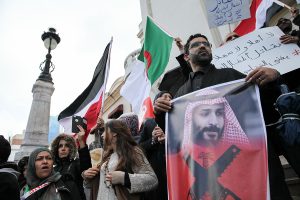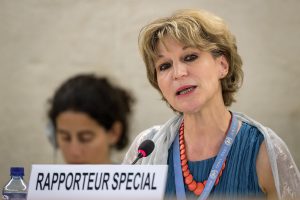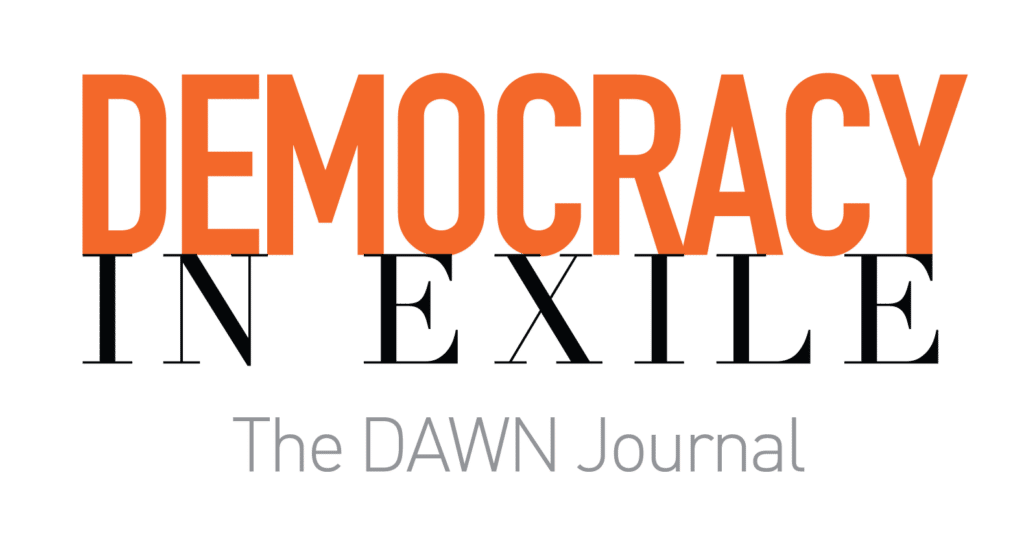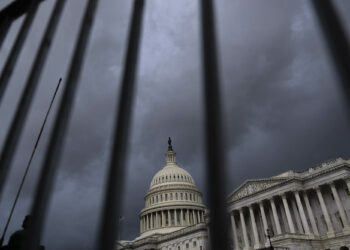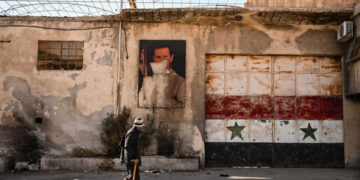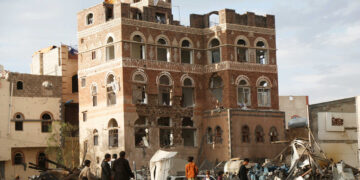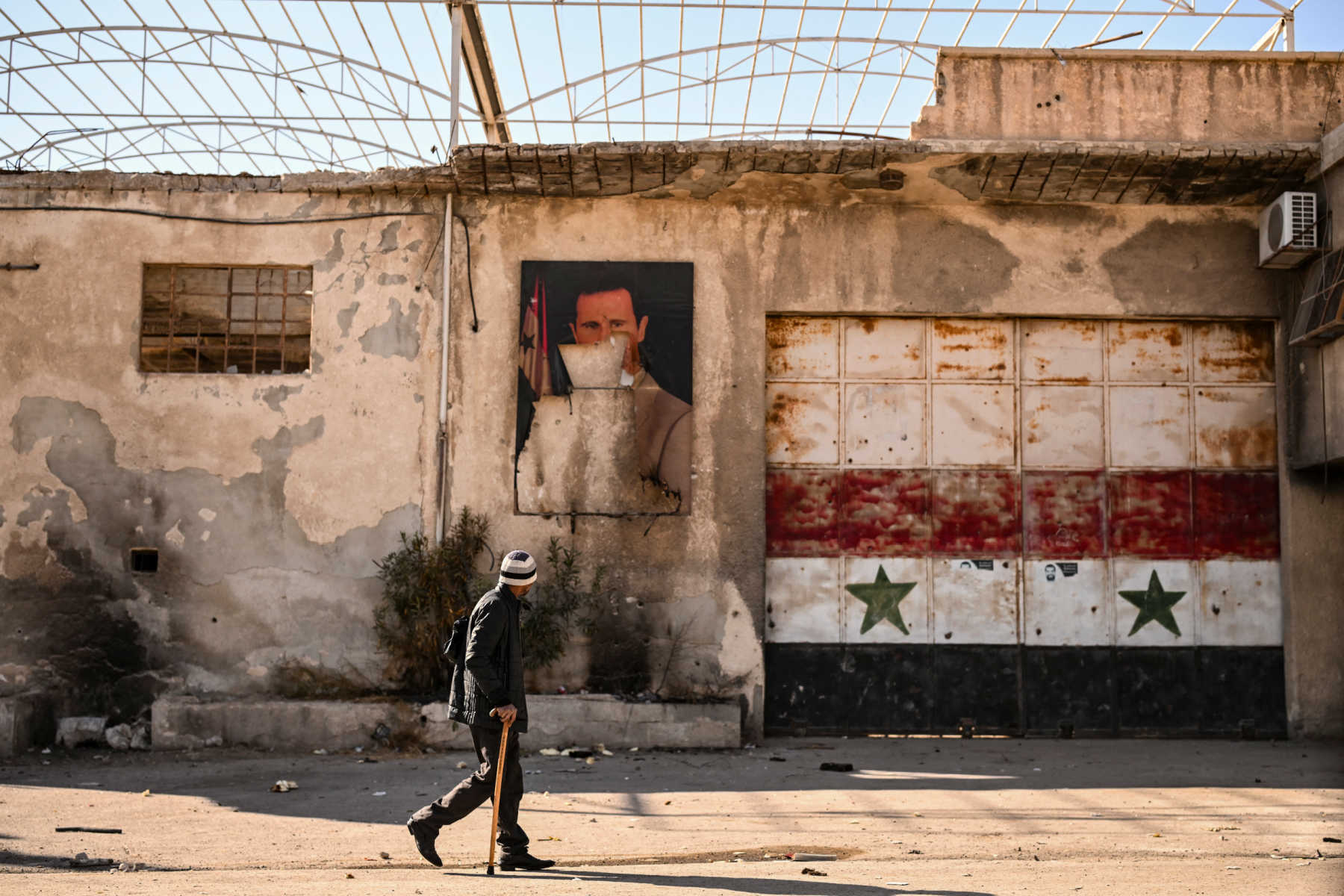Kourosh Ziabari is an award-winning journalist from Iran and a correspondent for Asia Times.
The nationwide protests rocking Iran for the past month, sparked by the death of 22-year-old Mahsa Amini in the custody of the so-called morality police, show the depth of anger and resentment that Iranians feel toward their government for its stifling of women, symbolized by the compulsory hijab law that so many Iranian women are now openly defying. But this sweeping outrage and outpouring of dissent across the country could have erupted at any time, well before the current protest movement crystallized against the violence unleashed by the morality police and the government's unremitting enforcement of the hijab. Widespread frustration and fear have been building up among Iranians for years, under the weight of repressive government policies, crippling economic sanctions and harsh international isolation.
According to the latest Global Emotions Report by Gallup, released in July, Iranians are the 10th angriest people in the world out of 122 nations surveyed (among the countries that fare worse are neighboring Iraq). The polling research, conducted globally, aims "to discover the emotional state of people" around the world, as Gallup puts it. Forty percent of Iranians reported to have experienced the feeling of sadness "during a lot of yesterday," while 54 percent experienced worry in the same period of time. In response to another question from Gallup—"Did you smile or laugh a lot yesterday?"—40 percent of Iranians said no, a number that also puts Iran in the bottom ten of countries around the world.
This anguish is now manifesting itself on the streets of Tehran and other cities and towns across Iran, as the protests have expanded since Amini's death, despite a deadly crackdown. "People are angry because for more than 43 years a theocratic regime has been increasingly encroaching on their personal, political and social rights, while justifying it based on harsh revolutionary ideals," said Mehrzad Boroujerdi, an Iran expert and the dean of the College of Arts, Sciences and Education at Missouri University of Science and Technology.
"People are angry because for more than 43 years a theocratic regime has been increasingly encroaching on their personal, political and social rights, while justifying it based on harsh revolutionary ideals."
- Mehrzad Boroujerdi
"Economic hardships and deteriorating purchasing power of the citizenry have also contributed to the sense of anger and depression that we see," he added. "Hearty laughter has been replaced by slim smiles and outright frustration. As we see with the current round of protests rocking the four corners of the country, these social outbursts are unavoidable due to the follies and repressive policies of the state."
Other metrics point to a mental health crisis that has been brewing in Iran but is not yet taken seriously by the government, even though some officials have been ringing the alarm for years now. Nearly 23 percent of Iranians are said to suffer from one form of mental disorder, according to Ahmad Hajebi, the director of the mental health department at the Ministry of Health and Medical Education. He told Iranian media that between 66 percent and 75 percent of people in Iran with mental health issues never seek advice from practitioners, including psychologists or psychiatrists.
The most immediate triggers of this crisis are likely economic, given the seismic impacts of the U.S.-led sanctions that have impinged on every aspect of life in the country, in effect cutting a population of 85 million off from the outside world and saddling Iranians with hyperinflation, dwindling purchasing power and ever-higher unemployment. Whatever tolerance there might have been in Iran for its insular political system has cratered along with the economy.
"Repression is also subject to the laws of diminishing return," Boroujerdi said, as repressive policies have sought to isolate Iranians from one another. "There comes a point that the cumulative weight of the various forms of fearsome otherness imposed on citizens by the state transforms them into companions-in-arms."
The state has also found itself incapable of addressing public health, including mental health. Hajebi noted that there is only one trained psychiatrist per 45,000 Iranians, which is significantly lower than the average standard in most developed countries. Some officials have been painting a bleaker picture, including the chancellor of Shahid Beheshti University of Medical Sciences, Alireza Zali, who claimed last year that one in every three Iranians is prone to be diagnosed with a mental disorder.
"The mental health crisis is a mere symptom of the sociopolitical, economic and generational crisis in Iran. The millennials and Generation Z are utterly alienated from the autocratic, theocratic regime and its propaganda."
- Mahmoud Sadri, Iranian sociologist
It all boils down to Iran's economic isolation coupled with the myriad sociopolitical constraints that define Iranians' daily lives. There are few prospects for economic, social and educational advancement, and few avenues for social expression. Popular entertainment is widely curtailed by the austere, theological leadership, who also intrude into the lives and lifestyles of Iranian youth. In a country where the median age is 32, more and more Iranians are alienated from their own government, part of a widening rift between the clerical establishment and a young, diverse population.
"I think a good way of understanding these numbers would be to correlate them with issues like the collapse of the national currency, the place of the country on the global corruption index, and the level of frustration with the political regime in Iran," said Mahmoud Sadri, an Iranian sociologist and professor of sociology at Texas Woman's University, referring to the Gallup survey. "I think anger and frustration is a quite normal response to the present situation there."
Sadri sees the chronic mental health strains of Iran's population expressed in the protests. With all the anguish Iranians have been going through, Iranian society is on the verge of a breakdown. "Iran, unfortunately, is already fractured, not only along class and educational lines but, most significantly, along generational lines as well. Everyone underestimated the energy and intensity of this uprising," Sadri said.
For years, the authorities have publicly emphasized and expanded occasions of religious mourning, like the Shia commemoration of Muharram, while trivializing religious celebrations and national festivities, most of all the Persian New Year, Nowruz. It reflects the accentuation of the strict Shia doctrine of Iran's revolution, often mirrored in collective grief that Iranians of all stripes are expected to participate in, over Iran's Persian heritage and religious and ethnic diversity, which comprises the communities of Zoroastrians, Kurds, Arabs, Baluchis and Lurs.
The protests over the death of Mahsa Amini are a fundamental rejection of the government's attempts to impose its supremacy on Iranians' lives and private spaces. Indeed, the injustice that the Kurdish community in Iran felt at the loss of Mahsa Amini, who was from Kurdistan province in northwestern Iran, exposes a broader disconnect between the leadership in Tehran and the realities of life outside the capital—characterized by discrimination, economic inequities and other social and political disparities.
By blocking pathways to political reform and resisting calls to address public grievances—and instead calling the protests a foreign plot—Iran's ruling elite are keeping a mostly young, disgruntled and disenfranchised population on tenterhooks. "The mental health crisis is a mere symptom of the sociopolitical, economic and generational crisis in Iran," said Sadri. "The millennials and Generation Z are utterly alienated from the autocratic, theocratic regime and its propaganda."









